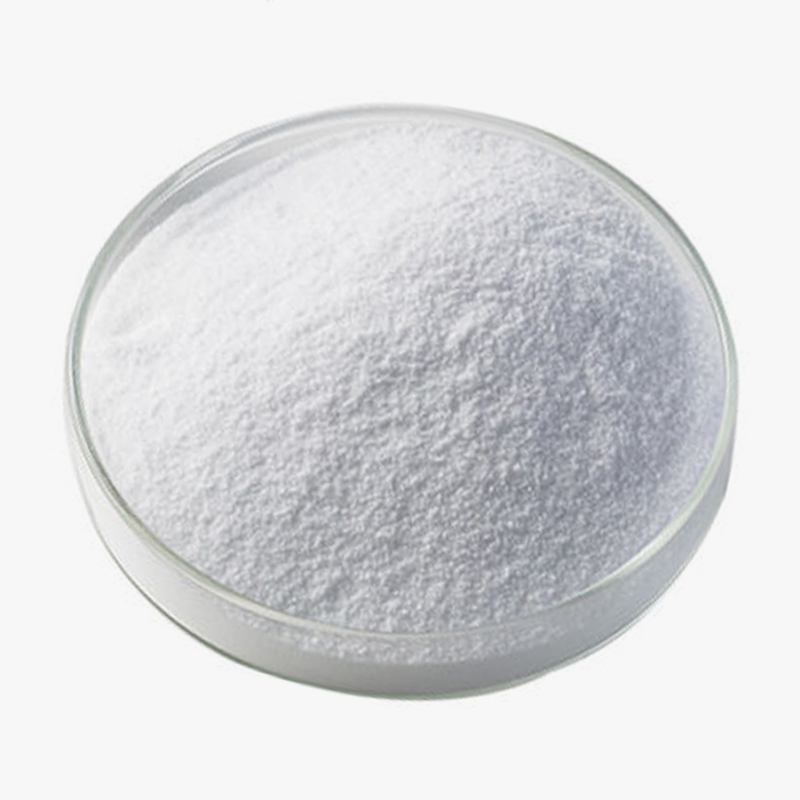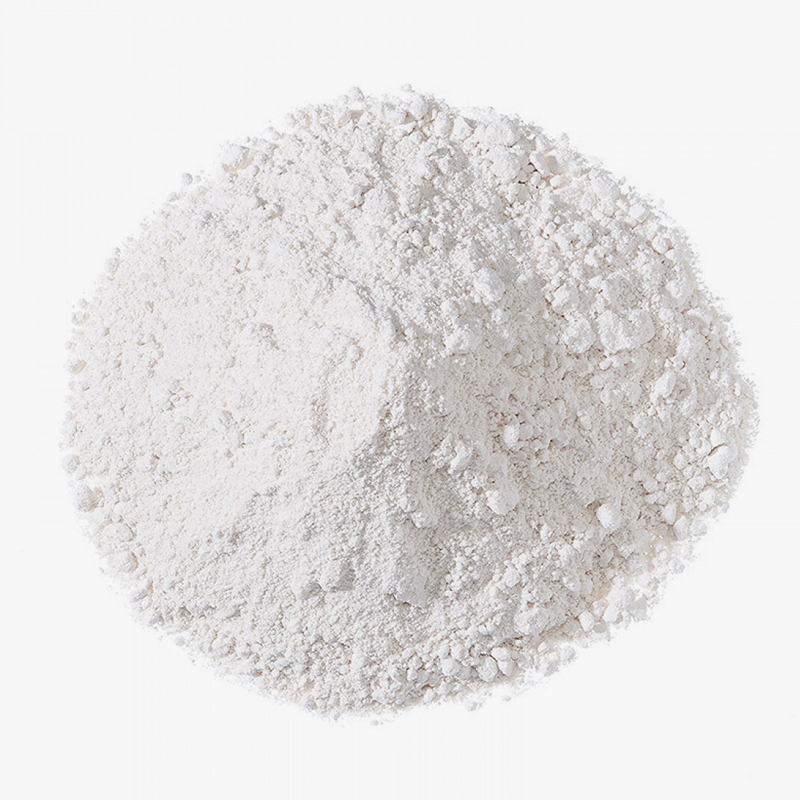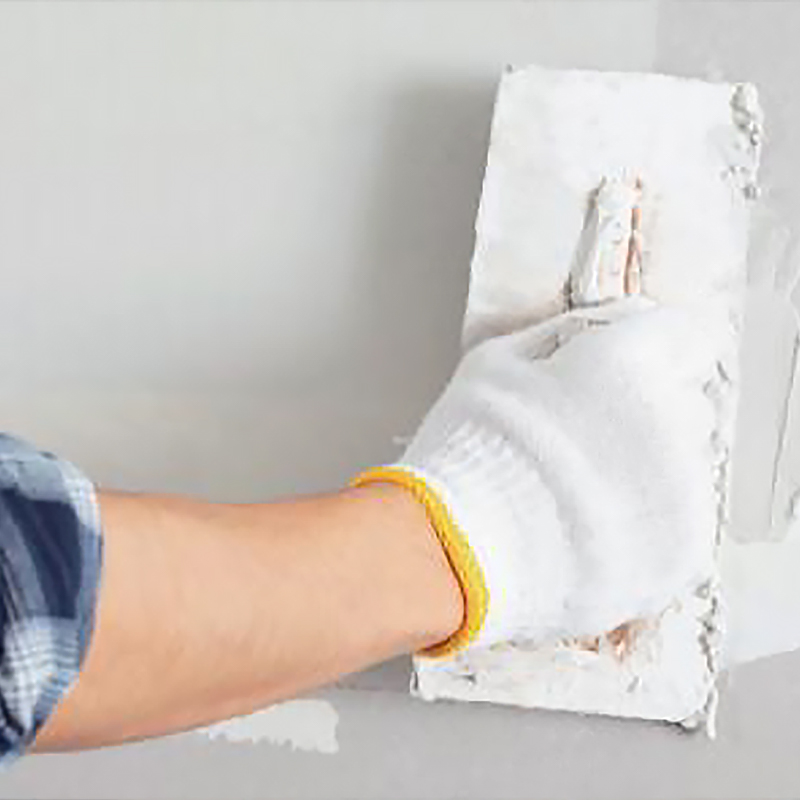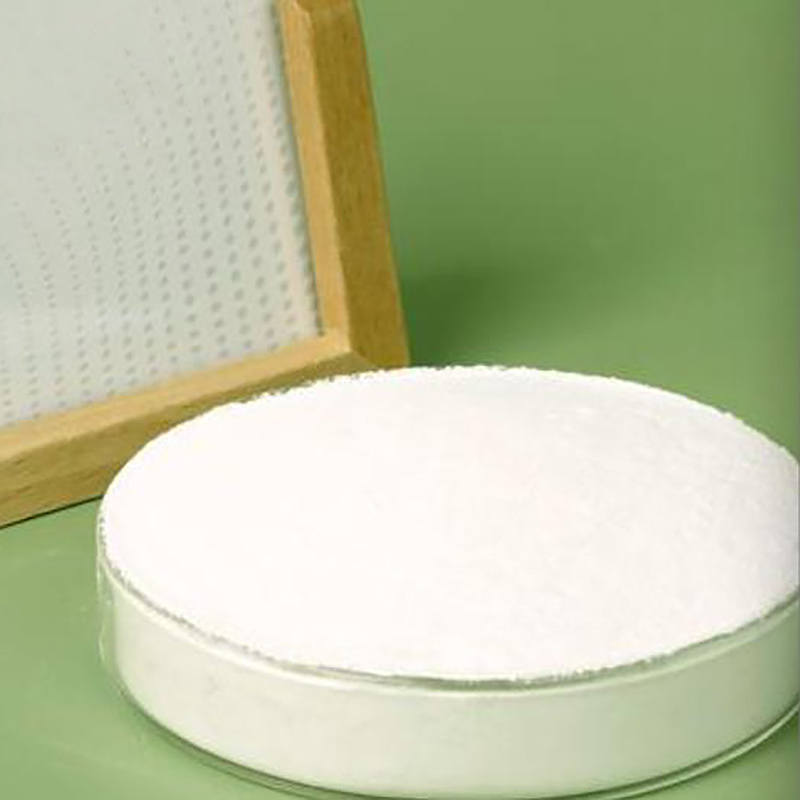Content
1. Advantages of Hydroxypropyl Methylcellulose
(1). Water Retention and Thickening
Locking and Preventing Cracking:
Forms a three-dimensional hydration membrane, trapping free water in the cement/gypsum slurry. This extends the evaporation time by 30%-50%, ensuring full hydration of the cementitious material (especially preventing cracking during thin-layer construction).
Precisely Adjust Rheological Properties:
Low dosages (0.1%-0.5%) significantly increase viscosity (2% solution viscosity ranges from 40,000 to 200,000 mPa·s). This allows:
Scrape-type materials (putty) to increase thixotropy—no sagging on facades;
Self-leveling materials to reduce shear viscosity—self-leveling after paving.
(2). Enhanced Adhesion
Improved Adhesion:
Polymer chains penetrate the micropores of the substrate, achieving dual hydrogen bonding and mechanical anchoring.
Wet adhesion strength of tile adhesives is increased by 40%.
Both putty and concrete substrate adhesion exceeds 0.8 MPa (GB/T 9779).
Shrinkage Stress Compensation:
A flexible polymer film is formed during the drying process to offset the internal stresses caused by hardening shrinkage, reducing the risk of hollowing and shedding.
(3). Retarded Setting Control
Delayed Setting:
Adsorbs and forms a film on the surface of cement particles, inhibiting hydration reaction: Extends the open time of cement-based materials to >20 minutes (meets large-surface paving requirements).
Controls the final setting of gypsum-based materials to 60-90 minutes (avoids premature setting and scrapping).
(4). Durability Optimization: The "Guardian" of Material Lifespan
Anti-Powdering and Anti-Slipping:
Reduces strength loss caused by rapid water evaporation (gypsum-based materials experience a 25% increase in strength after 7 days).
Enhanced Water Resistance: The optimized formula (HPMC + hydrophobic agent) ensures that the putty does not blister after 48 hours of soaking (according to GB/T 23455).
6. Application Optimization: A "Lubricant" for Workability
Improves workability: Low viscosity grades (40,000-60,000 mPa·s) impart a buttery-smooth feel to the putty, reducing application resistance.
Pumping Aid: Reduces pipe friction resistance in sprayed mortar, increasing pumping efficiency by 15%.
2. Storage Environment for Hydroxypropyl Methylcellulose
Temperature Control
Long-term Storage: ≤25°C (High temperatures cause molecular chain degradation and viscosity reduction)
Short-term Storage: ≤40°C (Use immediately after exceeding 48 hours)
Low Temperature Limit: >0°C (Freezing causes particle aggregation to fail)
Humidity Requirements: Relative Humidity ≤60% (Excessive humidity causes moisture absorption and agglomeration)
Critical Alarm: Dehumidifier required when ambient humidity >75%
Light-Proof Conditions: UV Intensity <50 μW/cm² (Light-catalyzed oxidation reaction)
Sealed Packaging
Inner Layer: Aluminum Foil Composite Film (Water Vapor Transmission Rate <0.5 g/m²/24 hours)
Outer Layer: Moisture-Proof Kraft Paper Bag (Weight ≥80 g/m²)
Sealing Requirements: Double-pass hot-melt adhesive seal

 简体中文
简体中文 English
English русский
русский عربى
عربى Español
Español









